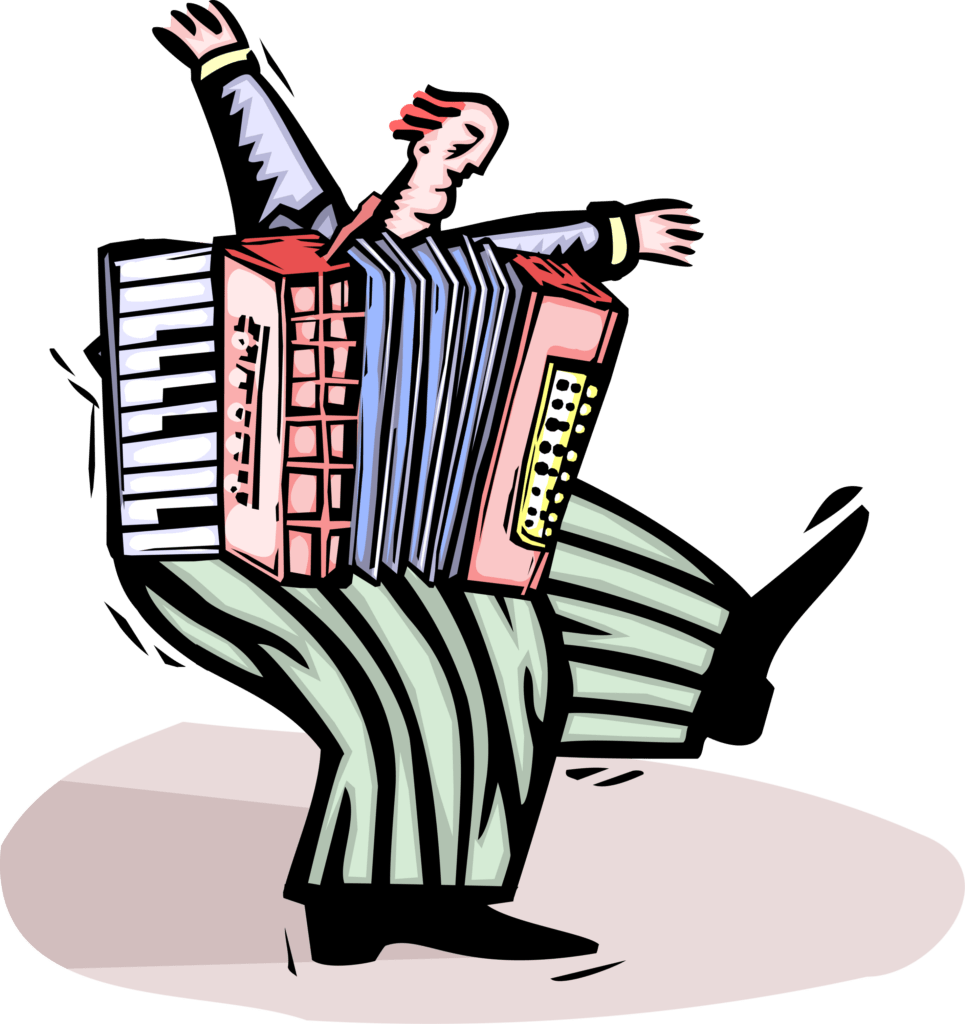Background of the Accordion
The Accordion was invented in the 1800s. The name “Accordion” comes from the German word “akkord” which stands for cord. The Accordion was patented on this day in 1829.
The Animated Doodle allows us to hear the sweet melody of the Accordion by virtual means. Google celebrates the legacy of the accordion being a free-reed instrument with bellows which has made a profound impact on a worldwide scale on melodies of music genres like classical, folk, pop, and jazz.

What does the Google Blog mention about the Accordion?
The Google Blog states that “Throughout the late 1800s, manufacturers in Germany increased their accordion production due to its popularity among folk musicians across Europe. Early accordions had buttons on just one side, and each of these buttons created the sound of an entire chord. Another impressive feature is that the same button could produce two chords — one when the bellows were expanding and another when the bellows were contracting”
“As Europeans emigrated around the world, the accordion’s use in music expanded. Modern versions can be played with either buttons or a piano-style keyboard, and some even have both options. They also sometimes incorporate electronic elements so they can be plugged into an amplifier or create synthesized sounds.”
The blog by Google further elaborates “Today the instrument can be heard in folk music, the Latino polka, the tango, cajun music, and more! One event that the accordion is always present at is Oktoberfest. This lively festival is full of carnival fun, music, and traditional clothing like Dirndl dresses and Lederhosen. With this melody maker in hand, everything goes accordion to plan! The traditional sound continues to influence German celebrations and music across the world 200 years later.”